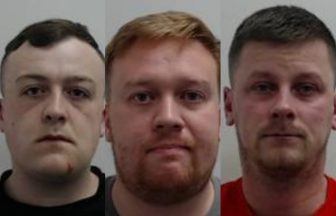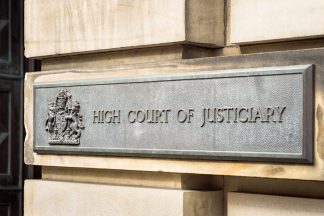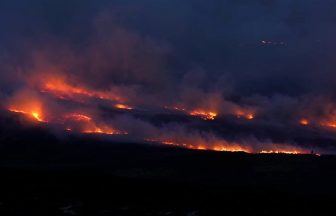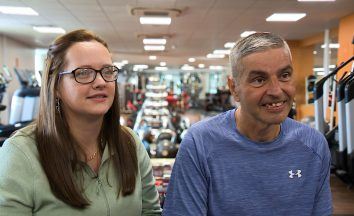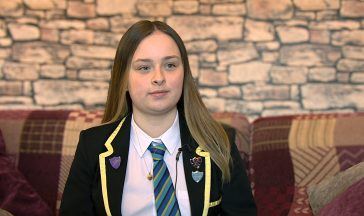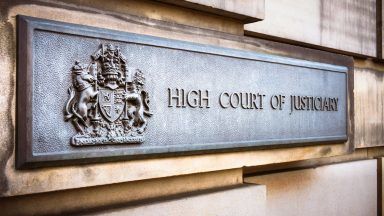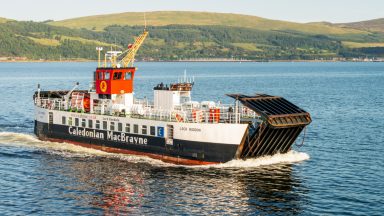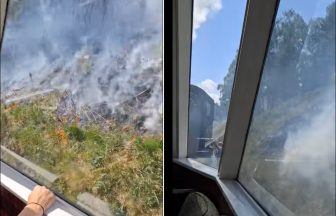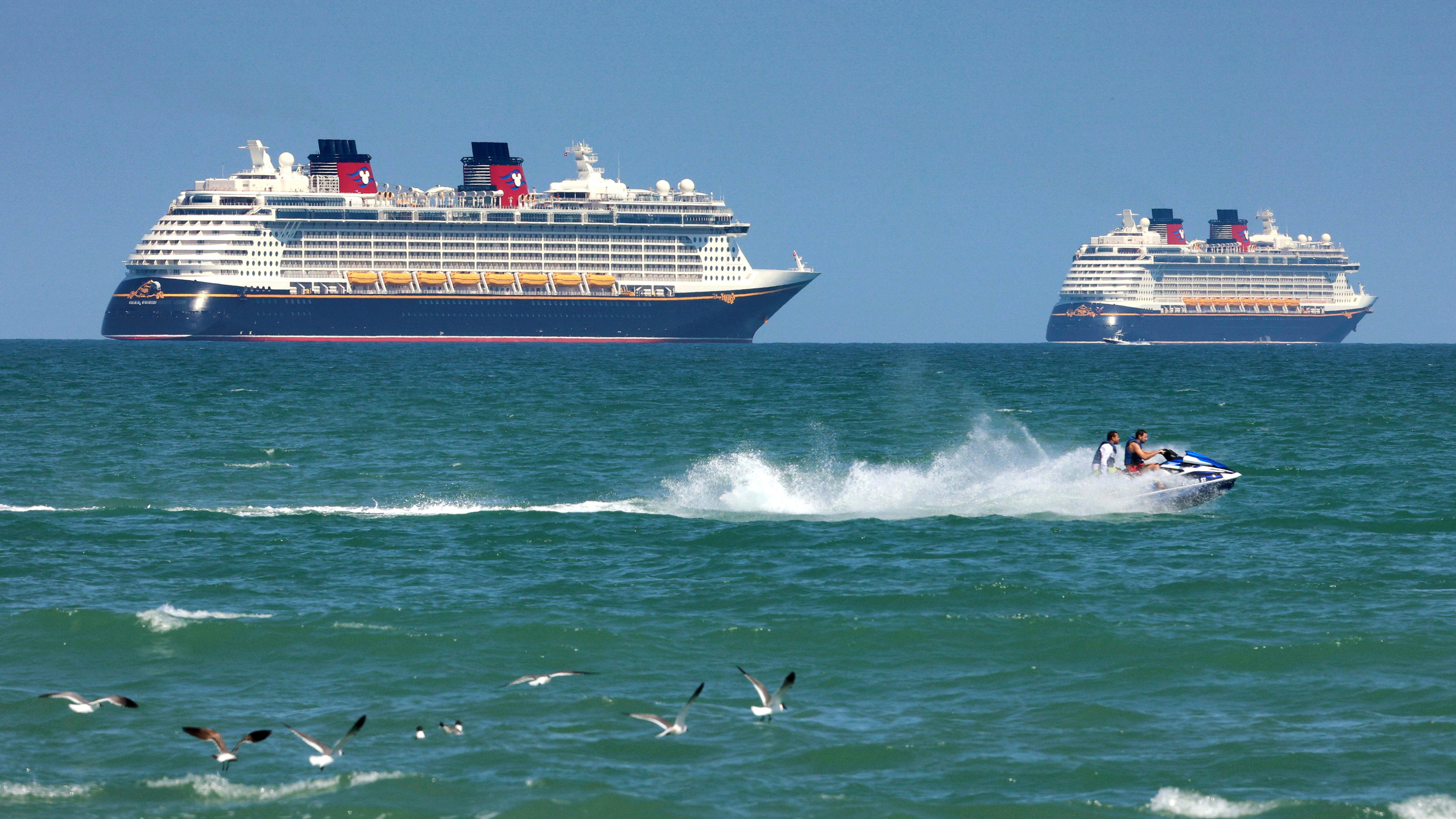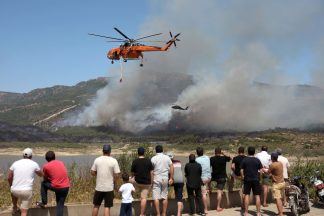The actions of the co-pilot were “critical” in keeping a helicopter afloat after it ditched into the sea with the loss of four lives, an inquiry has heard.
Adrian Cope, a senior inspector with the Air Accident Investigation Branch (AAIB), said “quick-thinking” co-pilot Adrian Bell was aware the aircraft was going down and managed to trigger the flotation bags before the crash.
Two crew and 12 passengers on board the Super Puma L2 survived when it ditched on its approach to Sumburgh Airport, Shetland, at 6.17pm on August 23 2013.
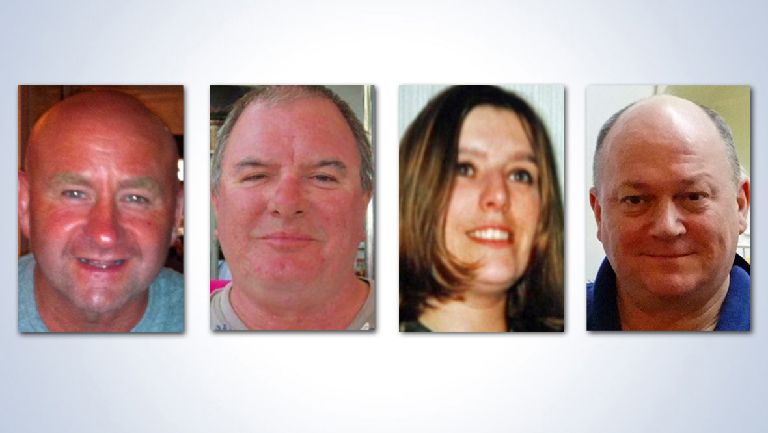 STV News
STV NewsBut Sarah Darnley, 45, from Elgin, Moray, Gary McCrossan, 59, from Inverness, Duncan Munro, 46, from Bishop Auckland, County Durham, and George Allison, 57, from Winchester, Hampshire, died.
Mr Cope, who was involved in preparing the AAIB report into the crash, told the inquiry that recorded data “showed the helicopter was flying as you would expect it to right up till the last minutes.”
As the captain suffered a very debilitating injury, co-pilot Alan Bell took the lead in helping those on board following impact.
The fatal accident inquiry (FAI) into the crash is being heard virtually due to coronavirus measures.

Mr Cope told the FAI: “Prior to impact the co-pilot realised what was going to happen and he arms the flotation bags which is automatically triggered but they need to be armed by a push button.
“His awareness of the situation and quick thinking was really very crucial because that kept the helicopter on the surface, and we know from previous accidents then should the helicopter sink that is a very dire situation for all on board.
“That was the first of his actions that was critical. He was also aware there were release handles on the life raft.

“Some of the information he was aware of in terms of the release handles on the life raft made the process a lot quicker and smoother than it would have been had he not been present.”
Survivor Samuel Bull later took his own life in London in 2017, which Sheriff Principal Derek Pyle, who is hearing the inquiry, said was “directly caused” by the crash.
The inquiry also heard that none of the passengers was able to use the hybrid rebreathers they were provided with, which contain a small air supply with a gas canister which is triggered automatically when the person is submerged even if they are unable to take a full breath beforehand.

The hybrid rebreather differs from the standard rebreather, which requires someone to take a deep breath just before they are submerged and exhale into an air bladder which they can then breathe from through a mouthpiece once the valve is pulled out, and a full compressed air system like a scuba diving system.
Mr Cope said: “The findings we got from interviews with the survivors suggested there was a number of problems they experienced, mostly related to how rapidly the helicopter was submerged and the fact they had no warning of that, so there were a number of issues in terms of passengers were unable to find the mouthpiece or release it from the cover in time, and others reported that they were submerged very quickly and didn’t have time to take a breath and so were unable to activate it.
“They were also unaware that this hybrid rebreather had an air supply associated with it so if they felt if they were not able to take a breath the system would be of no use to them.”
During the course of its investigation the AAIB put out a special bulletin highlighting how the system works and stating that it should be made clear to passengers if they are provided with a hybrid rebreather.
Sheriff Derek Pyle said he understood the reason for the bulletin but that in practice it was really only relevant for controlled ditching.
Mr Cope replied: “Yes. We’re not suggesting it would have made a significant difference in this occurrence because this case, it was a water impact, but it was really to ensure that, should something subsequently happen where a hybrid system could be used, it was to make sure people were aware of its functionality.”
An AAIB report published in 2016 found the pilots failed to properly monitor the flight instruments and failed to notice their airspeed was decreasing until it was too late to avoid the Super Puma plunging into the sea.
A statement of agreed evidence read at the start of the inquiry confirmed that no mechanical fault was discovered with the helicopter, which was returning from the Borgsten Dolphin support vessel to Sumburgh Airport when it ditched.
The inquiry continues.
Follow STV News on WhatsApp
Scan the QR code on your mobile device for all the latest news from around the country


